Q
what is the battery life of byd seal?
The BYD Seal's battery is built to last, typically giving you a solid 8 to 10 years of reliable performance—though your driving habits and how well you maintain it will play a big part. Under the floor, you'll find BYD's Lithium Iron Phosphate (LFP) battery tech, which is known for two key things: top-notch safety and seriously impressive cycle life. Official tests back this up, showing the battery can handle over 3,000 full charge-discharge cycles and still hold onto more than 80% of its original capacity.
Now, for Malaysian drivers, that hot climate we all know and love might put a tiny bit of extra strain on the battery. Here's the lowdown on keeping it happy: try not to rely *too* much on fast charging every day, and avoid leaving it fully charged for super long stretches. And don't skip those regular trips to an authorized BYD service center for battery health checks—they’ll help keep your battery in shape for the long haul.
It’s important to remember: EV batteries don’t wear out like a petrol car’s engine. Instead of suddenly conking out, they lose capacity gradually over time. To give you peace of mind, BYD backs the Seal with an 8-year or 160,000-kilometer battery warranty, which should cover most owners for the time they’ll keep the car.
Thinking about resale value down the line? A well-maintained battery with a solid service record can make a *huge* difference to how much your Seal is worth. So, dig out that owner’s manual, check the battery care tips, and tweak your charging routine to suit Malaysia’s sunny weather. Your battery (and future wallet) will thank you.
Special Disclaimer: This content is published by users and does not represent the views or position of PCauto.
Related Q&A
Q
What is the most sold electric car in the world 2024?
As of 2024, the world's best-selling electric vehicle is the Tesla Model Y. This ride has won over consumers globally, thanks to its impressive range, cutting-edge autonomous driving tech, and that ever-expanding Supercharger network. It's been particularly killing it in North America, Europe, and Asia. For Malaysian buyers, the Model Y might just be a top contender too. Tesla's been steadily beefing up its presence in Southeast Asia, and that includes rolling out Superchargers in Malaysia. Sure, the local EV scene is still growing, but government support for new energy vehicles—think tax breaks and charging infrastructure pushes—is really helping to drive adoption.
But Tesla isn't the only player in town. Brands like BYD, Hyundai, and Nissan also hold significant chunks of the global EV market. Take the BYD Atto 3 (that's the Yuan PLUS) and Hyundai Ioniq 5, for example—they're gaining traction with their solid value for money and fresh, innovative designs.
For Malaysian consumers eyeing an EV, it pays to weigh factors like range, how easy it is to charge up, after-sales service, and local market support. With tech advancing and policies backing things up, the Malaysian EV market is only going to get more diverse in the years ahead.
Q
What is BYD ranked in the world in 2024?
BYD has solidified its position among the world's top automakers in 2024, with standout performance in the new energy vehicle sector. Industry data shows their sales have cracked the global top three, cementing their status as one of the most influential EV brands around. The secret to BYD's success? Their robust vertical integration – they develop everything in-house, from batteries and motors to electronic control systems. On top of that, they're aggressively expanding overseas, with Southeast Asia (Malaysia included) being a key strategic focus.
For Malaysian buyers, models like the Atto 3 are steadily gaining traction thanks to their strong value proposition and impressive range. Local assembly plans are only set to boost their competitiveness further. A big selling point? BYD's Blade Battery technology, which leads the industry in safety and energy density – a crucial advantage in Malaysia's hot climate.
As the global shift to electrification accelerates, BYD looks primed to grow its market share and roll out more innovative products. If you're a Malaysian considering an EV, make sure to weigh factors like charging infrastructure, warranty policies, and local after-sales support before making your decision.
Q
What is the best-selling EV in China 2024?
The best-selling electric vehicle in China's market for 2024 is the BYD Song PLUS EV. This model has won widespread favor among consumers thanks to its impressive range, spacious interior, and BYD's accumulated technological expertise in the EV sector. As a leader in China's EV market, BYD boasts a product lineup spanning from entry-level to high-end models, catering to the diverse needs of different consumers. The success of the Song PLUS EV also reflects Chinese consumers' preference for family-friendly electric SUVs.
For Malaysian consumers, while BYD might not enjoy the same level of brand recognition as Japanese or German marques in the local market, the technological prowess and cost-effectiveness advantages of Chinese brands like BYD are becoming increasingly evident as EVs gain global traction. It's plausible that they could carve out a significant presence in Malaysia in the years to come.
The development of electric vehicles doesn't solely rely on the performance of the cars themselves; the improvement of charging infrastructure is also a crucial factor driving their widespread adoption. The Malaysian government has been actively pushing for the implementation of EV-related policies in recent years, including the construction of charging stations and vehicle purchase subsidies. These initiatives will create favorable conditions for the promotion of electric vehicles in Malaysia.
Q
How many cars has BYD sold in China in 2024?
I haven't been able to track down specific, standalone figures for BYD's sales exclusively in China for 2024 just yet. However, what we do know is that BYD's global sales hit a whopping 4.27 million units last year, with overseas markets contributing 417,204 units. Doing a little back-of-the-envelope math, that roughly puts their China sales at around 3.8528 million units (4.27 million -41.7204 million=3.852796 million).
2024 was an absolutely stellar year for BYD. They didn't just dominate the sales charts in China; they also clinched the title of the world's top-selling new energy vehicle manufacturer. A big part of their success comes down to their multi-brand strategy – think "BYD," "Fang Cheng Bao," "Denza," and "Yangwang" – each catering to different market segments and needs. On top of that, continuous technological innovation, like their "e-platform 3.0 Evo" and "5th Generation DM Technology," has been a major driver propelling those sales numbers ever higher.
Q
How much is the BYD Seal in 2024?
The 2024 BYD Seal comes in multiple variants with different price tags. Specifically, the BYD Seal Dynamic EV is priced at RM 163,800, the BYD Seal Premium (Extended Range) goes for RM 179,800, and the top-of-the-line BYD Seal Performance AWD hits RM 199,800. All these are pure electric D-segment sedans, boasting solid range and equipment levels. Let's talk dimensions: they stretch 4,800mm in length, 1,875mm in width, 1,460mm in height, with a 2,920mm wheelbase. There's seating for five, and a 400-liter trunk to boot. Performance-wise, the variants differ quite a bit. The Seal Performance AWD, for example, rockets from 0-100km/h in a claimed 3.8 seconds, while the Seal Dynamic EV does the same sprint in a stated 7.5 seconds. So, buyers can pick the one that best fits their needs.
Q
What Segment Does BYD Seal Belong to?
The BYD Seal belongs to the D-segment cars. D-segment cars are typically mid to large-sized vehicles, well-known for striking a balance between space, comfort, and performance.
The BYD Seal has a body length of 4,800 millimeters, a width of 1,875 millimeters, and a wheelbase of 2,920 millimeters, offering passengers a relatively spacious interior. The trunk space is also quite decent. Such specification makes it suitable for comfortable long - distance trips and can meet the sufficient space requirements for daily use. Moreover, in terms of performance, the Seal provides different versions with various power outputs. It can provide a smooth daily driving experience and also offer a more exciting high - performance driving feel. Whether for family users or individual users who desire more space and better performance in their vehicles, the D - segment BYD Seal is an appealing choice.
Q
What's the Reslae Value of BYD Seal?
The BYD Seal, a relatively new electric vehicle in the Malaysian market, currently lacks complete data on its resale value, but general resale value for EVs can provide some references. Due to rapid advancements in EV technology, the resale value of electric vehicles typically declines slightly faster than that of comparable internal combustion engine (ICE) vehicles in the first three years—around 50%-60% for EVs versus 60%-70% for ICE cars.
Key factors influencing resale value include battery health (BYD offers an 8-year/160,000 km battery warranty), growing brand recognition (BYD has shown strong performance in recent years), and the maturity of EV infrastructure (such as charging network development). Compared to similar ICE vehicles, the BYD Seal's extended battery warranty and lower operating costs (electricity being significantly cheaper than fuel) may help mitigate depreciation.
For prospective buyers, it is advisable to consider certified pre-owned programs and maintain complete service records to preserve resale value. As EV adoption increases, more definitive resale value data will be provided.
Q
What's the Displacement of BYD Seal?
The BYD Seal is an electric vehicle, so it doesn't use the traditional "CC" (cubic centimeters, used to measure internal combustion engine displacement) as a metric. It provides different versions, such as the Dynamic EV, Premium (Extended Range), and Performance AWD. In terms of the powertrain, the Dynamic EV version has a total motor power of 150kW, a maximum horsepower of 204PS, and a total torque of 310N·m. The Premium (Extended Range) version has a total motor power of 230kW, a maximum horsepower of 308PS, and a torque of 360N·m. The Performance AWD version is more powerful, with a combined system power of 390kW, a combined horsepower of 523PS, and a combined torque of 670N·m. These motors can provide efficient and strong power output, meeting different consumers' needs for speed, range, etc. Moreover, the all - electric drive also complies with the current trend of environmental protection and energy conservation.
Q
What's the PCD Size of BYD Seal?
The PCD (Pitch Circle Diameter) of the BYD Seal is 5×114.3, which means the wheel hub has 5 bolt holes evenly distributed on a circle with a diameter of 114.3 millimeters, matching the standard used by many mainstream Japanese vehicles (such as Honda and Toyota). So, it's easy to find compatible wheel hub options for modification or replacement in the Malaysian market.
Beyond PCD, wheel modifications also require attention to other parameters, including the hub bore (recommended to use OEM-concentric hub rings for precise fitting), offset (ET value), and wheel width to avoid affecting suspension geometry or causing friction. For wheel upgrades, it is advisable to choose EV-rated products that can accommodate the Seal's battery weight and prioritize purchasing through BYD-certified channels to ensure safety and compatibility.
Q
Does BYD Seal Support Apple Carplay?
The BYD Seal doesn't have the Apple CarPlay feature. Apple CarPlay is a system developed by Apple Inc., which allows iPhone users to connect their devices to the in-vehicle infotainment system. Although some car models in the market support this feature, the BYD Seal isn't one of them.
However, the BYD Seal has its own advanced infotainment system. It's equipped with a 15.6 - inch intelligent rotating touchscreen, which can provide a wide range of entertainment and vehicle control functions. This car also adopts a comprehensive set of standard configurations, such as various safety systems, comfortable seats with multiple adjustment options, and a high - quality sound system with 12 Dynaudio speakers. Even though the Seal doesn't have Apple CarPlay, its own infotainment capabilities can still bring users a convenient and pleasant driving experience.
Popular Cars
Model Year
Car Compare
Car Photo
Latest Q&A
Q
What is the rpm of 180 hp motor?
The powerband of a 180-horsepower engine varies by model and intended design. Naturally aspirated engines typically hit peak power at 6,000-7,000 rpm, while turbocharged units like common 1.5T or 2.0T engines often deliver maximum punch between 5,000-6,000 rpm.
Remember the horsepower equation "HP = Torque × RPM ÷ 5252"? That's why modern turbo engines feel punchier at lower revs while sipping less fuel - they're making the same power with fewer revolutions.
Real talk though: you'll rarely need to wring it out to redline in daily driving. Most scenarios call for just 3,000-4,000 rpm for decent shove. Holding high revs constantly? That's just wearing out your engine faster.
Brands tune these differently too - some prioritize low-end grunt for city crawling, while others build power up top for highway passing. Match your right foot's personality when choosing.
Q
What is the rpm of a 10 hp motor?
The RPM of a 10-horsepower (hp) motor depends on its type and intended use. Typically, standard AC induction motors run between 1,450 and 2,900 RPM, while DC or variable-frequency motors may have a wider range—check the nameplate or technical manual for specifics.
In automotive applications, like small generators or auxiliary systems, a 10-hp motor’s speed is often matched to the vehicle’s needs. For example, certain booster pumps or cooling fans might operate between 1,800 and 3,600 RPM.
Keep in mind that horsepower (hp) and RPM aren’t directly linked. HP reflects power output, while RPM depends on factors like pole count and supply frequency (e.g., a 4-pole motor in a 50Hz region runs around 1,440 RPM). If you’re swapping or modifying a motor, always verify the torque curve and load requirements to avoid efficiency losses or damage.
Also, in EVs or hybrids, motors often run at much higher speeds (8,000 RPM or more), though these systems usually rate power in kilowatts (kW)—just remember 1 hp ≈ 0.746 kW for conversion.
Q
How to convert HP into RPM?
To convert horsepower (HP) to RPM, you need to understand their relationship—but there’s no direct conversion since HP measures power while RPM reflects crankshaft speed. Torque bridges the gap. The formula is:
**HP = (Torque × RPM) / 5252** (with torque in lb-ft).
Rearrange it to solve for RPM:
**RPM = (HP × 5252) / Torque**.
For example, an engine making 200 HP at 300 lb-ft of torque hits roughly 3500 RPM at that output.
Keep in mind:
- Engines have unique powerbands—peak HP and torque rarely align at the same RPM.
- Turbocharging, aspiration, and transmission gearing all alter how power translates to wheel speed.
- Real-world performance isn’t just about this math; check the dyno curve and drivetrain setup for the full picture.
Q
What is the rpm of a 60 hp motor?
A 60-horsepower engine's RPM range depends entirely on its design and application. For small gasoline engines, you're typically looking at 6,000-8,000 RPM to hit 60 hp. Diesel mills, with their torque advantage, can achieve the same power at just 3,000-4,500 RPM - check the manufacturer's power curve for exact figures.
Remember, horsepower doesn't scale linearly with RPM. Cylinder count, induction type (naturally aspirated vs. forced induction), and fuel delivery all play major roles. Take turbocharged engines - they'll deliver peak power at significantly lower revs.
For daily driving, most cars operate most efficiently in the 2,000-3,000 RPM sweet spot where power and fuel economy balance out. Want specifics on your ride? Crack open the owner's manual or hook up an OBD scanner. Tuning enthusiasts can always flash the ECU to alter power delivery, but be warned - that warranty won't honor itself, and reliability might take a hit.
Q
How many rpm is a 2 hp motor?
There’s no fixed direct relationship between a motor’s RPM and its horsepower (HP), as rotational speed depends on factors like motor design, load conditions, and power supply frequency. For example, a 2 HP AC motor under a 50Hz power standard (common in household or industrial use) typically has a synchronous speed of around 1500 RPM or 3000 RPM—determined by its pole count (4-pole or 2-pole)—though actual operating speed may drop slightly under load.
For DC or brushless motors, the RPM range can vary more widely, so always check the specs for the specific model. Application also plays a role: a 2 HP motor for pumps or fans usually runs at moderate speeds, while power tools may prioritize higher RPMs.
When selecting a motor, don’t just focus on power—consider torque, efficiency, and rated speed to match real-world needs. For precise figures, consult the manufacturer’s datasheet or a technical expert.
View MoreRelated News

2025 BYD Seal Coming to Malaysia with DiSus-C Adaptive Suspension
JohnAug 13, 2025
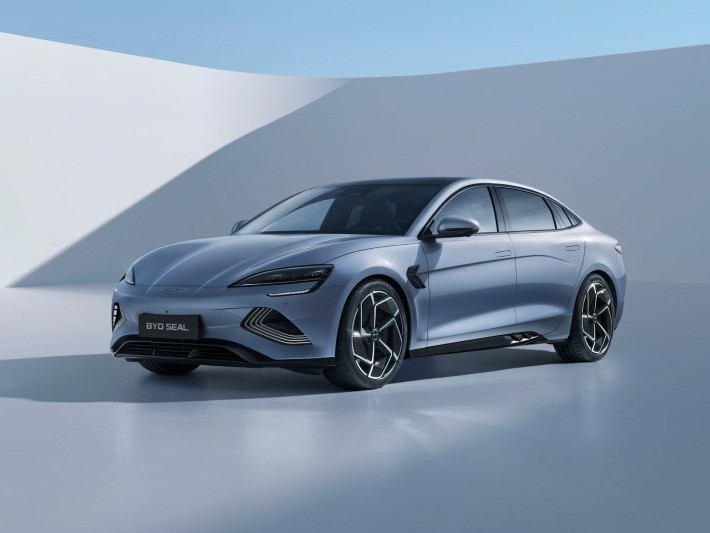
BYD Seal interior design revealed: A fusion of modern technology and luxury
RobertJul 15, 2025
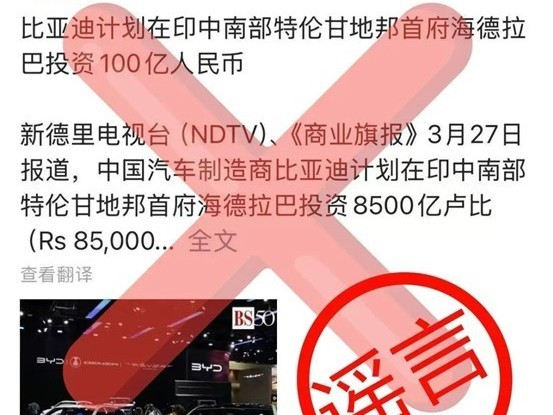
BYD Denies Rumors of ¥10 Billion Investment in Factory in India
JamesApr 1, 2025
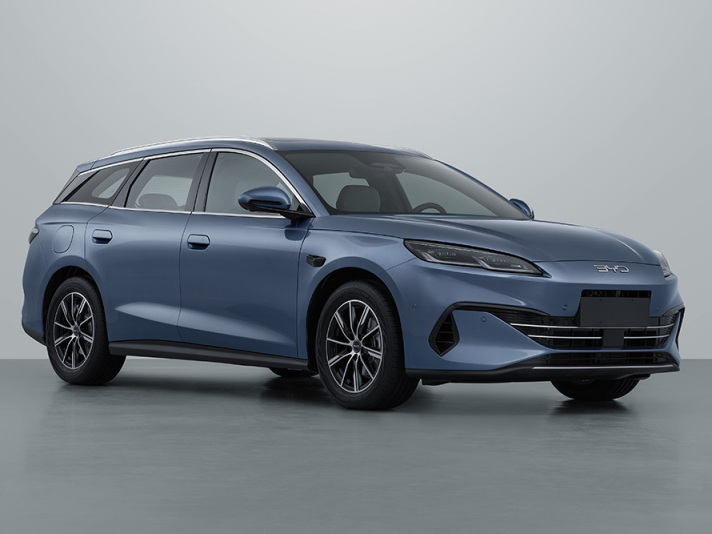
Photos of the BYD Seal 06 Touring Edition Reveal the Brand's Entry into a New Niche Market
JamesMar 24, 2025
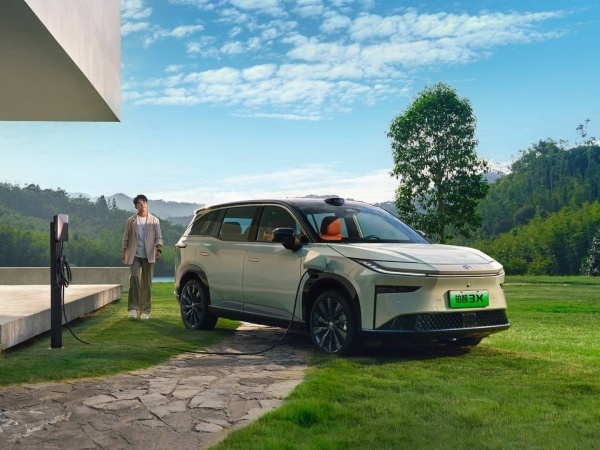
Toyota has released a surprising all-electric SUV in China, priced lower than BYD
LienMar 7, 2025
View More

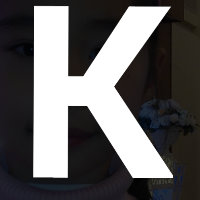
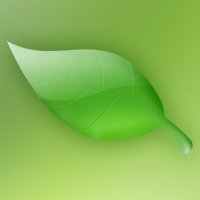
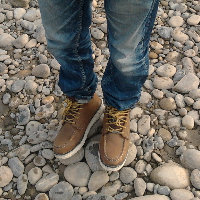








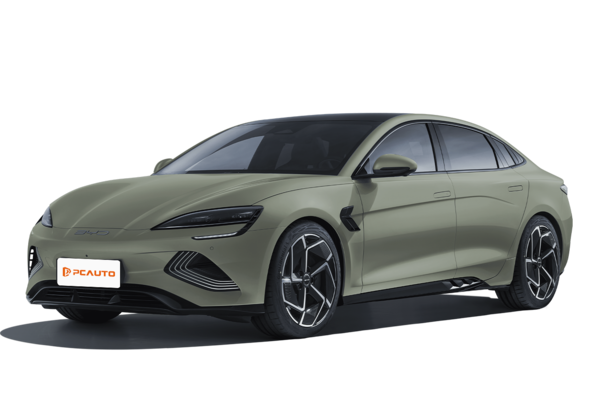





Pros
Cons